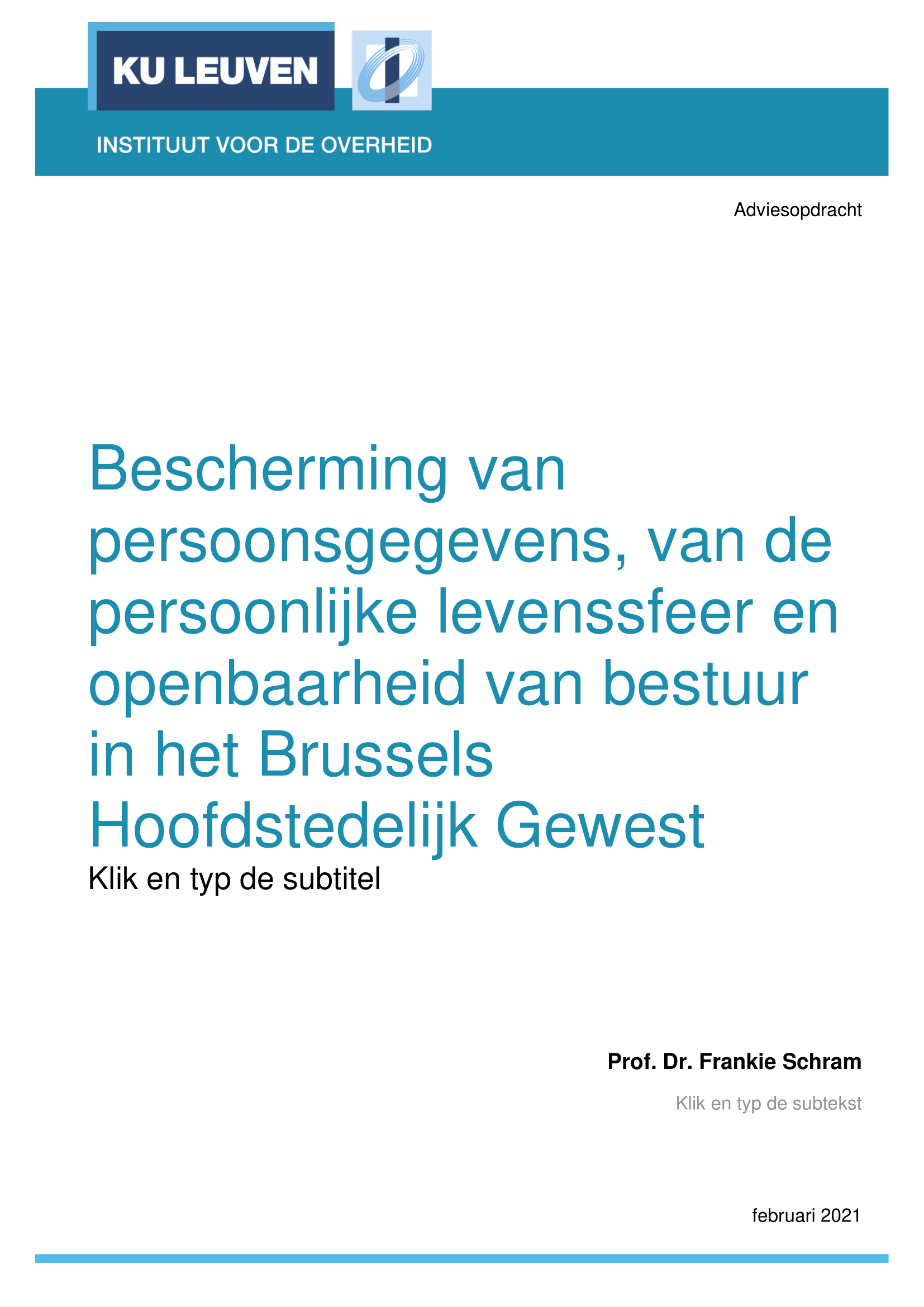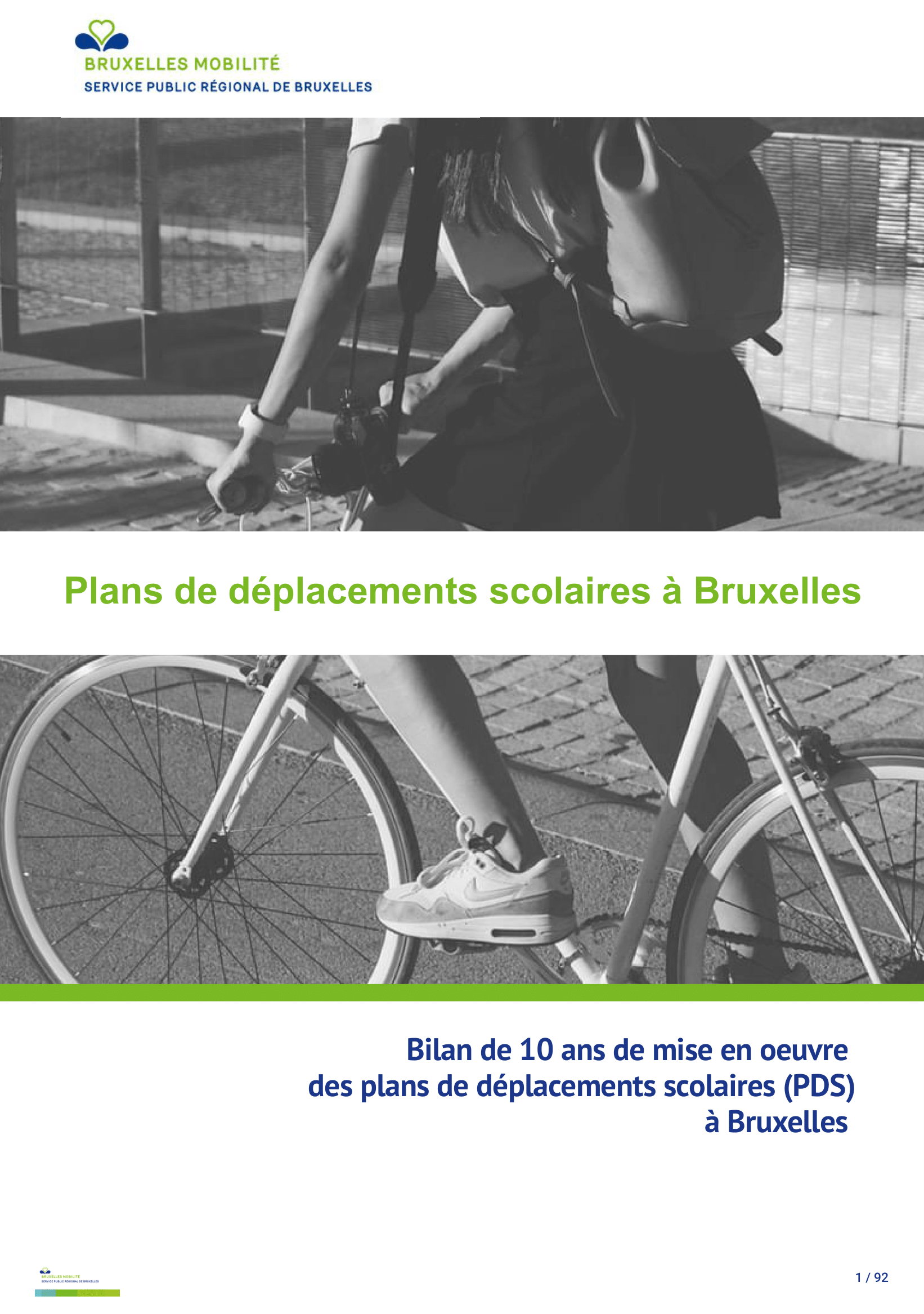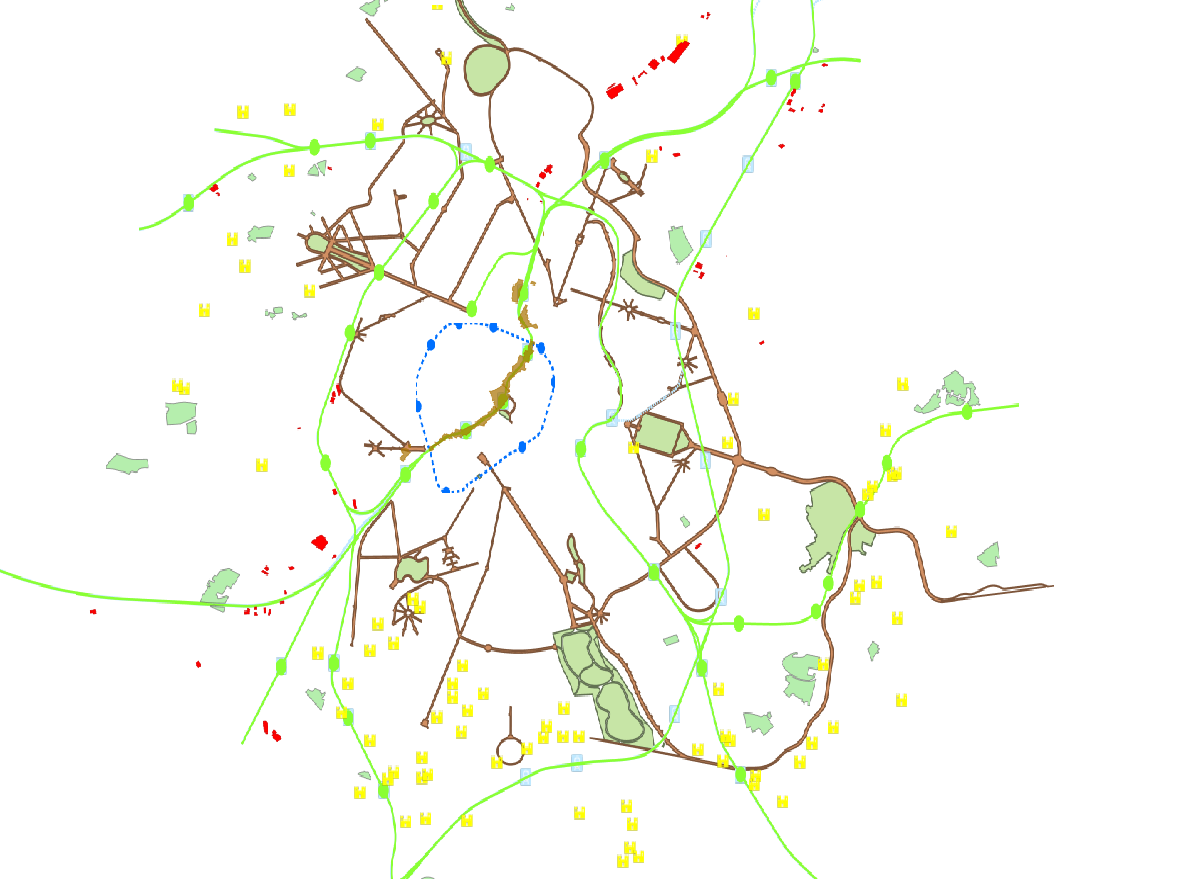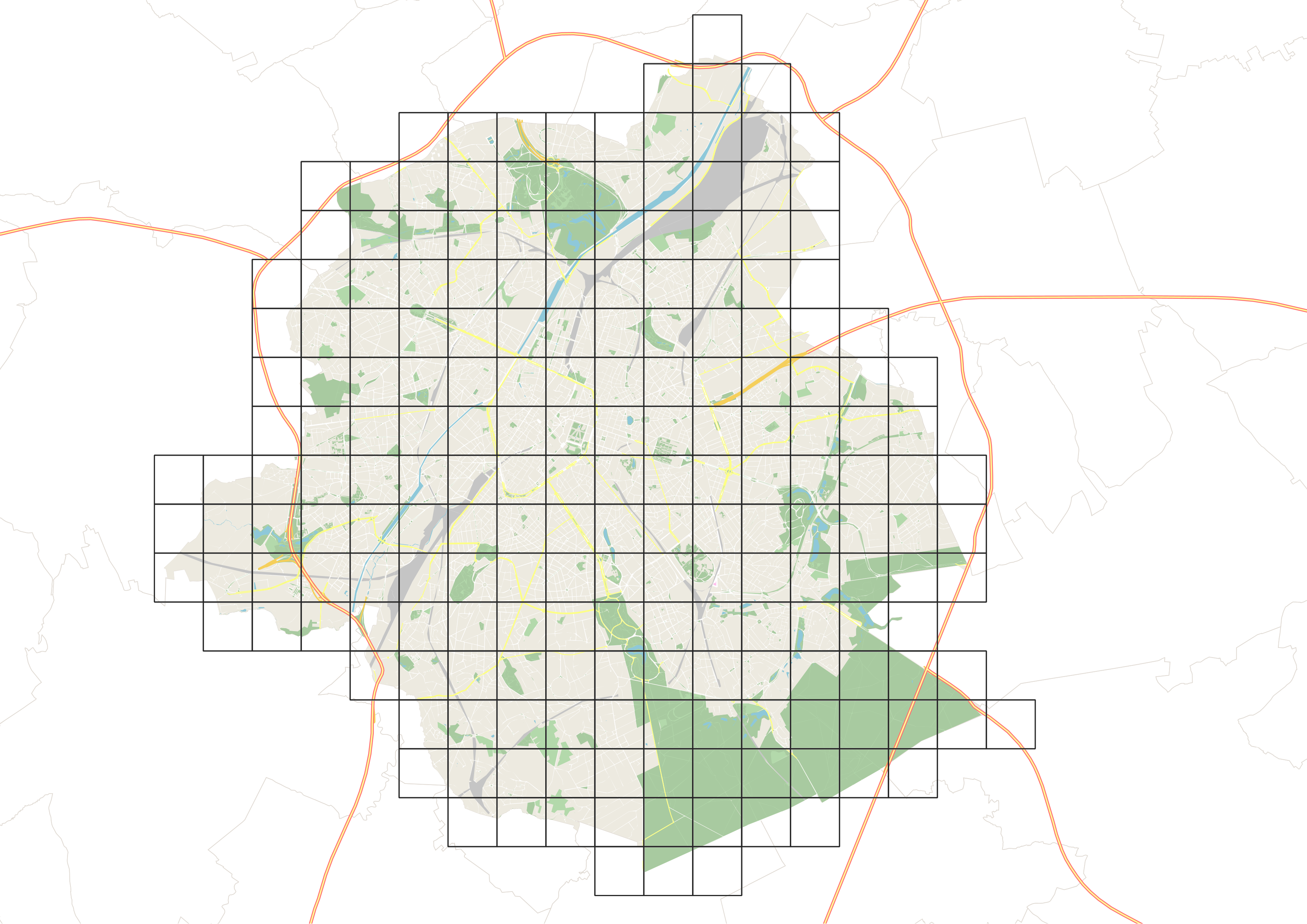notPlanned
Type of resources
Available actions
Topics
INSPIRE themes
Keywords
Contact for the resource
Provided by
Years
Formats
Representation types
Update frequencies
status
Service types
Scale
Resolution
-

A request to obtain an advice described as "regarding address lists and GDPR"
-

Study to analyse all available data on school mobility and draw conclusions on the functioning of School Travel Plans: what works well, what could be improved? The study produced interesting data analyses and useful recommendations that have since been put into practice.
-

This dataset is made up of numerous types of objects corresponding to a range of different layouts or the location of various buildings or activities.
-

This dataset corresponds to the mesh delimiting the boxes (also called grids) used in UrbIS. The mesh covers the entire territory of the Brussels-Capital Region, and the boxes are one kilometer on each side.
-

No abstract
-

Report on the environmental impact of the ERDF Program and analysis of the possibilities of supporting the objectives of the Program through financial instruments.
-

Commissioned by Brussels Environment, BovaEnviro+ went in search of innovative inspection technologies and techniques to assist environmental monitoring officers, or inspectors, in carrying out their inspections. The report includes: an inventory of the information and concerns of the inspectors regarding the project; an overview of the technologies and techniques used in Belgium - outside Brussels - and in other European countries (France, the Netherlands and Germany); an assessment of the advantages/disadvantages (limitations) of the selected technologies and techniques; and an overview of the costs of the technologies and techniques and an inventory of potential suppliers. The study was split into three issues: - issue 1: air quality, climate and emissions of air pollutants ; - issue 2: noise and vibration ; - issue 3: surface waters.
-
This view service allows, by means of a formatted URL, to visualize UrbIS data from 2023.
-

-

This download service allows, by means of a formatted URL, to downloadd all the vector data that are used in Brusky.
 Geobru catalogue
Geobru catalogue